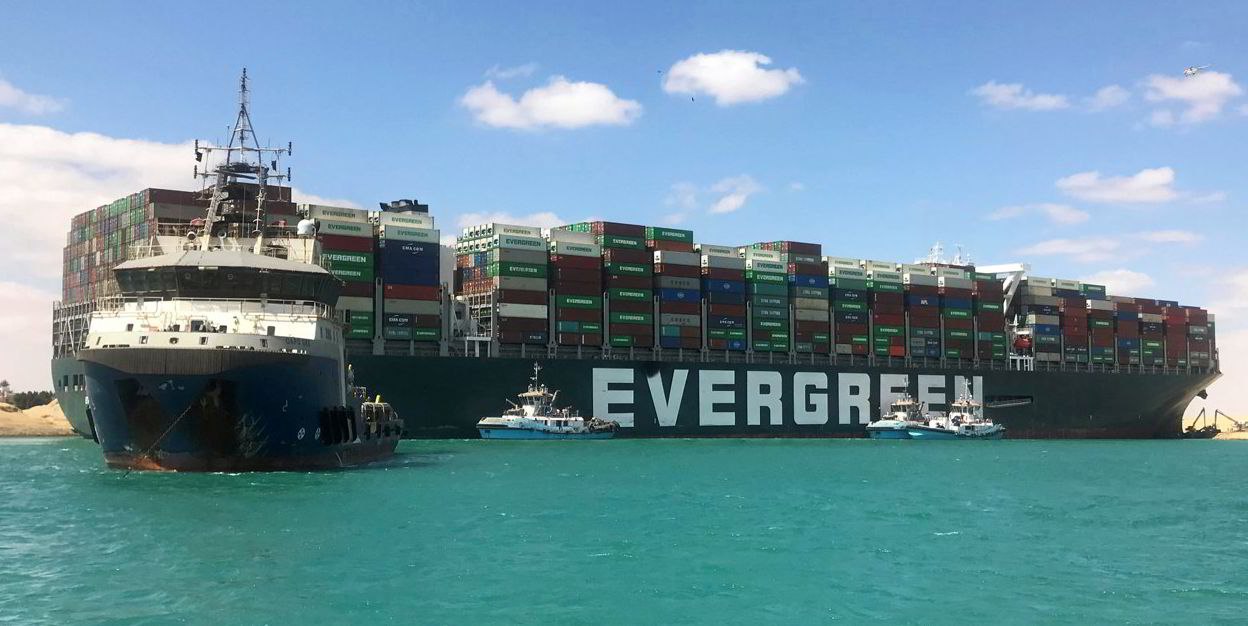Happy New Year! 2021 was great for some, lousy for others, while 2022 should be one where the love gets more evenly spread around.
None are more in need than tankers, which were one of the big losers in 2021, whose situation should improve in the next 12 months as oil output increases.
Crude prices were just short of $80 per barrel at the turn of the year, 60% higher than the level recorded 12 months earlier.
The International Energy Agency predicts an average of $70 a barrel in 2022 as supply and demand come more into balance due to increased output from Opec, Russia and the US.
This should be enough to boost the dirty tanker market that went through a miserable 2021 after an astonishing upward spike in 2020 caused by zero price oil and the rush for anything floating to provide storage.
What will mute this year’s upturn is a large number of new VLCCs and suezmax ships set to join the world fleet in 2022.
The wild card as always in the oil and tanker markets is geopolitical risk amid fears of two major invasions.
That is the potential attack on the Ukraine by Russia and a similar assault on Taiwan by China. My bet is that neither will happen, at least not in a direct way that many expect.
Moscow may indeed engineer some kind of Kiev coup but in a way it can deny direct responsibility and avoid further sanctions and oil market upheaval. I do not think China will start a war either, although the sabre rattling — which goes down well domestically and keeps minds off a slowing economy — will continue.
Biden ratings
In both cases the US will be left looking weak — something accentuated by President Joe Biden’s Democratic Party taking substantial losses in the November midterm elections for the Senate and Congress, I predict.
This could lose Biden control of both houses and end any chances of him making substantial headway on spending and climate plans.
Biden’s approval ratings have already dropped dramatically over the past year amid rising inflation and declining consumer spending.
Goldman Sachs predicts US GDP growth will dip from 5.5% in 2021 to 3.9% over the coming 12 months, while global output increases will fall from 5.9% to 4.5%. China is set to see growth fall from 7.8% in 2021 to 4.8% in 2022, according to Goldman while India will increase from 8% to over 9%.
Meanwhile, Wall Street continues to defy gravity with a continuing climb in equity prices which has pulled up many shipping stocks — some of them dramatically.
The index of leading S&P 500 shares rose by nearly 30% last year to record levels. AP Moller-Maersk shares rose 75% while Golden Ocean were up by 100%, and this will open 2022 to more stock market flotations for the shipping sector as its high visibility hits even the sleepiest of investors.
It will not all be plain sailing: the Financial Times predicts the S&P 500 will fall by more than 10% over 2021 as the Federal Reserve hits the brakes in a bid to tame rising inflation.
Much will depend on how the Omicron variant of Covid-19 develops.
The shipping markets have been hugely affected by the pandemic — but often on the upside as congestion and disruption to supply lines caused freight rates to soar.
The container market, which has been the major beneficiary over the past 18 months, looks set for lesser gains during 2022.
The dry bulk market also witnessed a terrific surge in freight rates over the past 12 months and ratings agency Fitch predicts more good times for them too.
Meanwhile debate over the European Union’s decision to establish an emissions trading scheme (ETS) for shipping from 2023 and the wider concerns about how to decarbonise the maritime world will inevitably become more intense over the next 12 months.
The run up to Christmas saw the price of allowances on the ETS rise to record levels of €90 in mid-December from €50 in the summer. I expect higher carbon prices to come and a raft of initiatives by both regulators and businesses to deal with the green challenge.
With the bombed-out cruise and offshore markets finally showing signs of life, 2022 will be good for growth in shipping.





